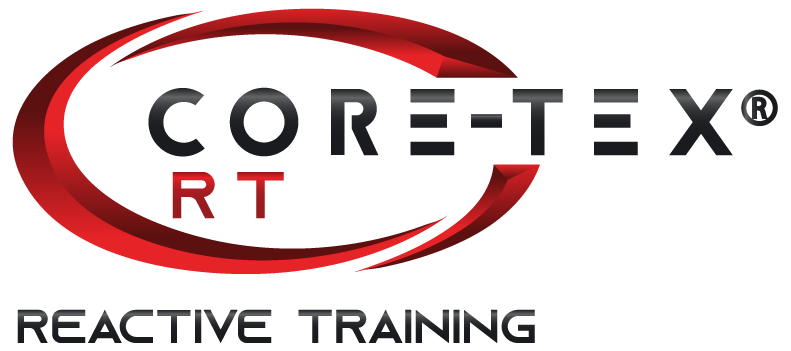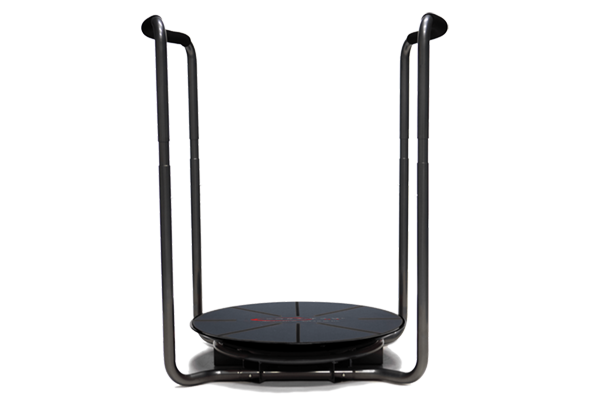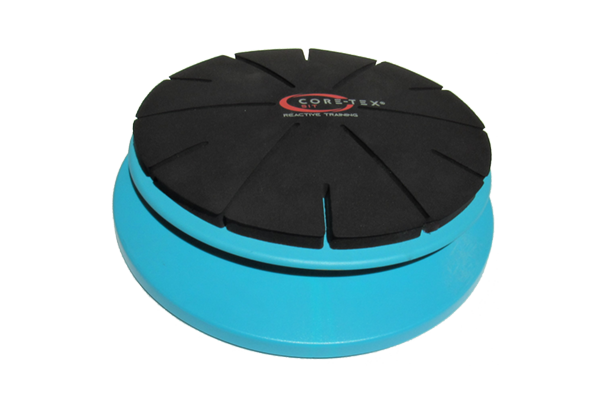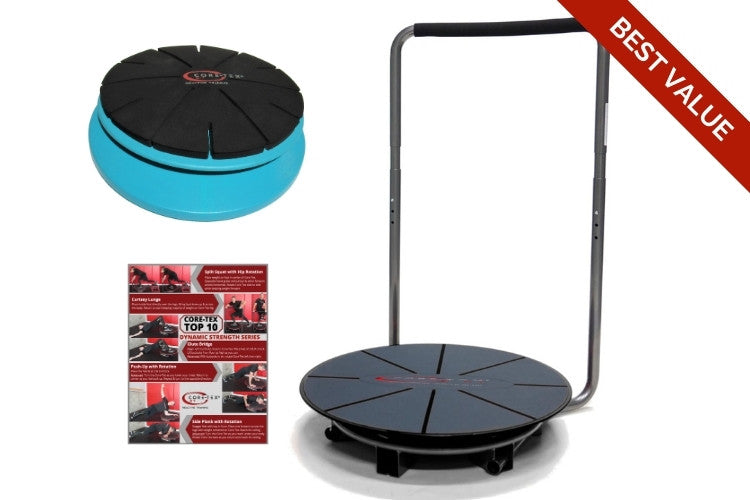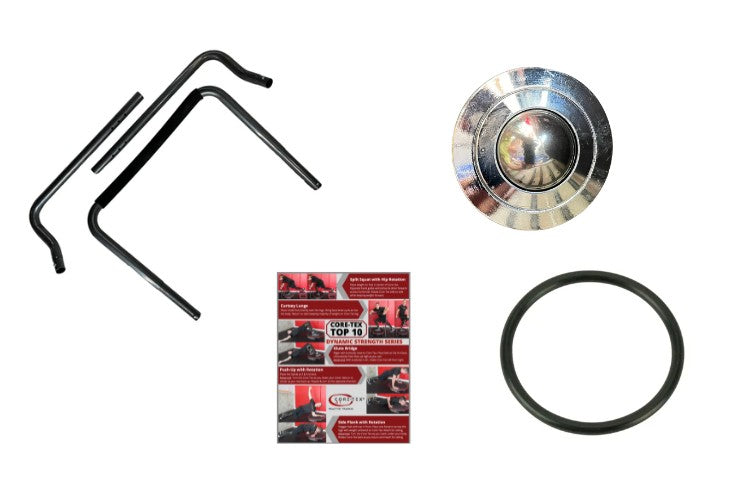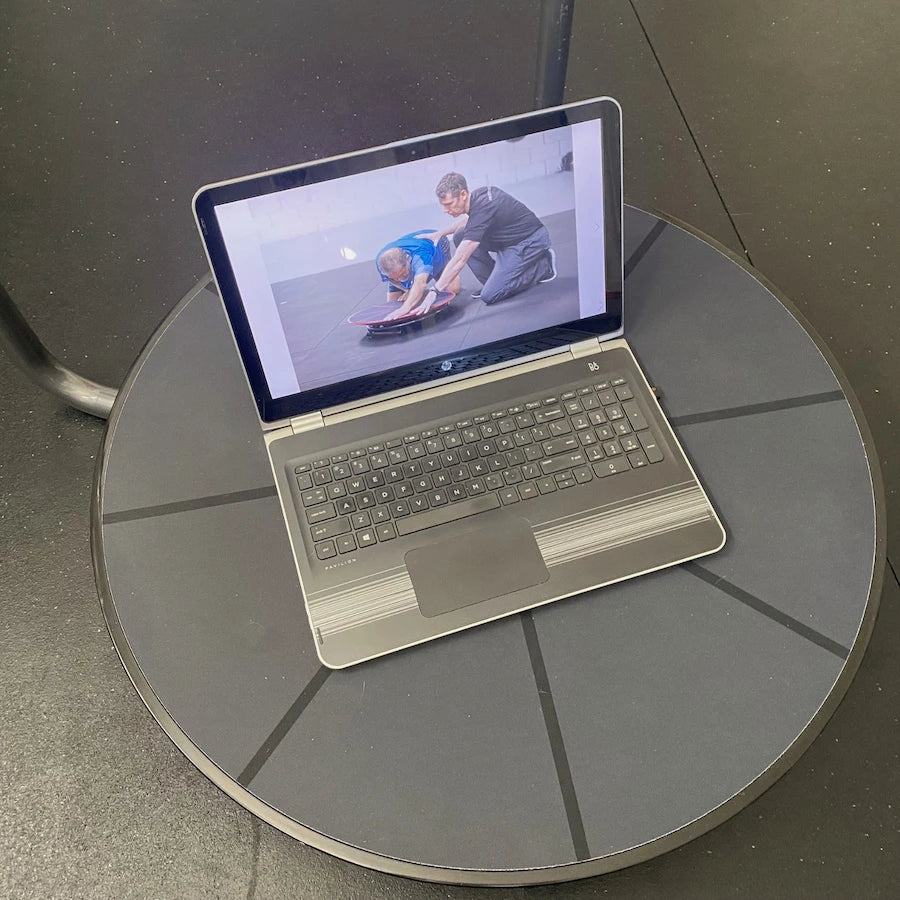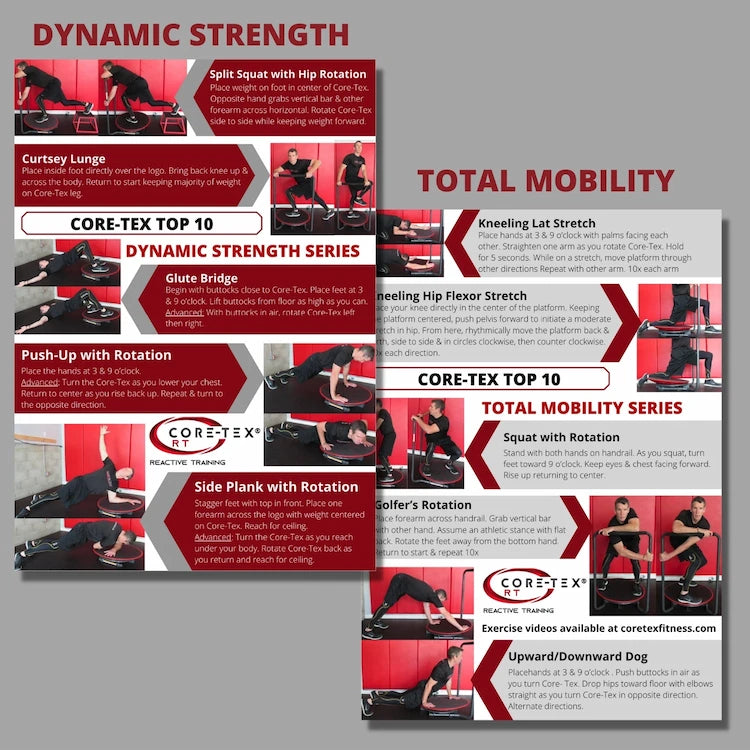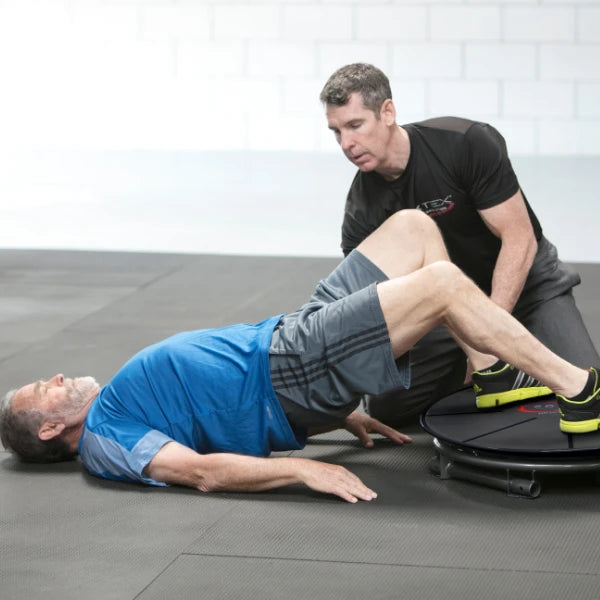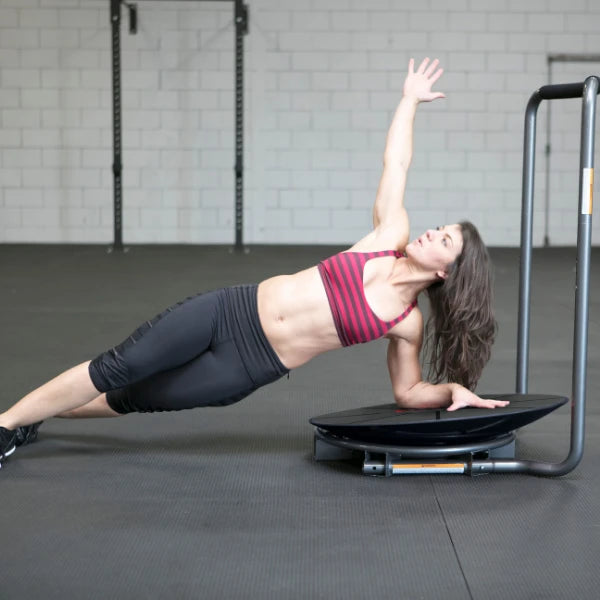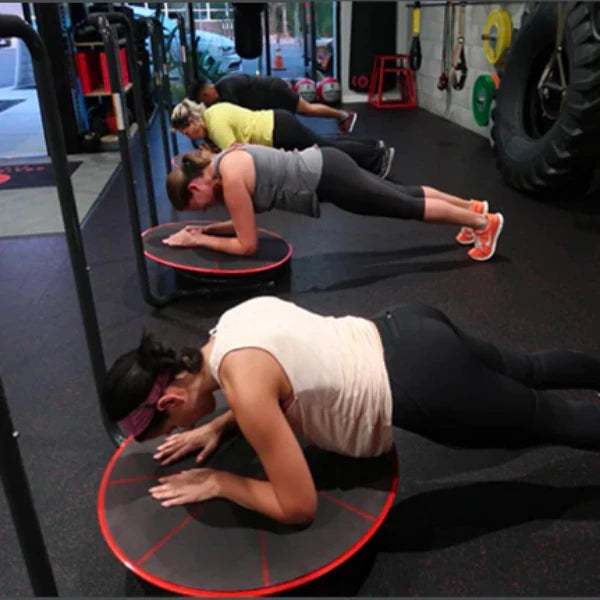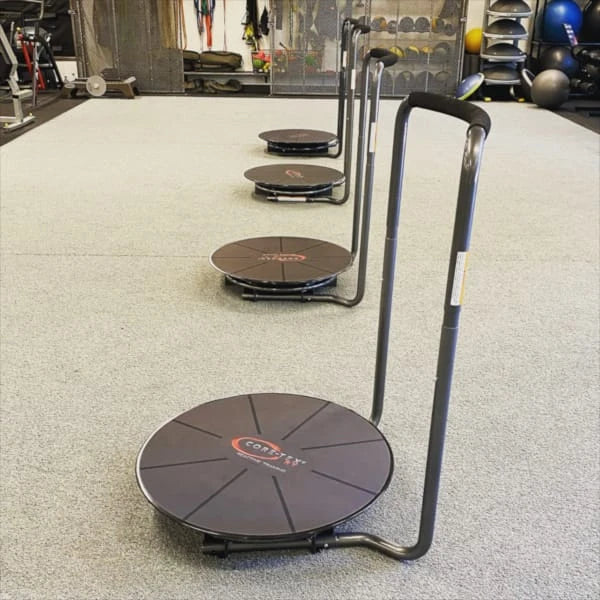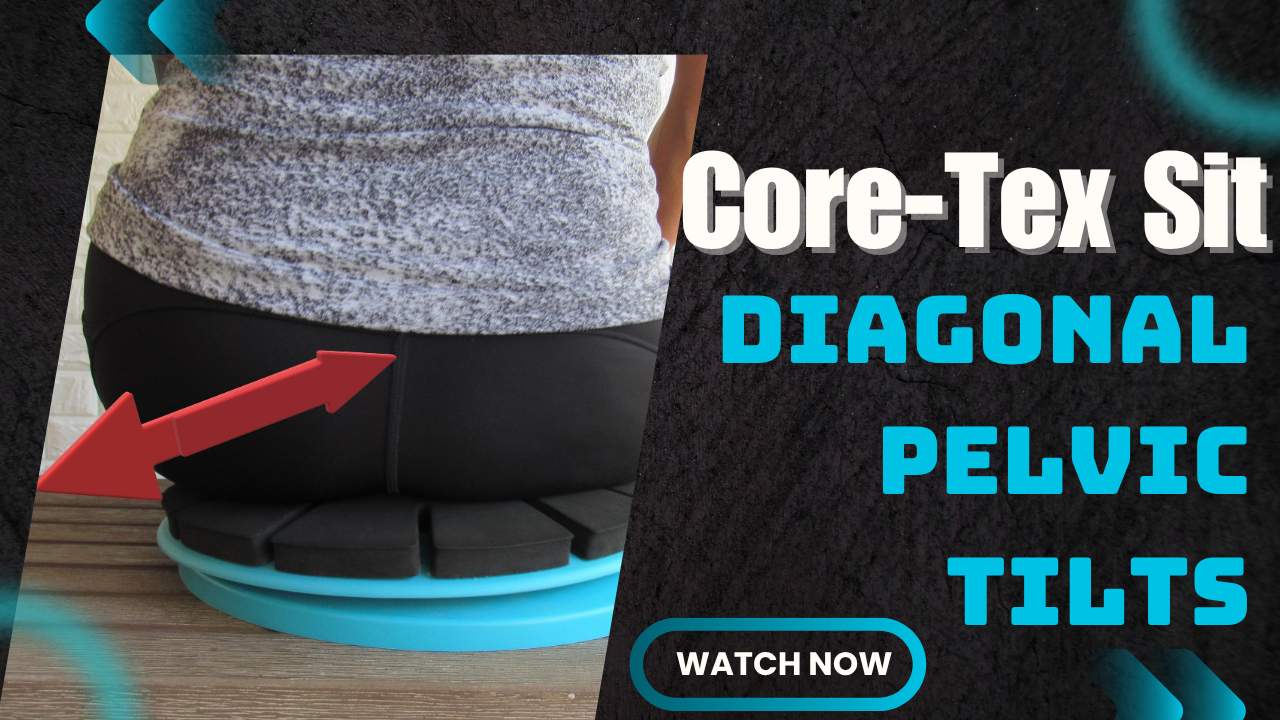Did you know that your core needs to be able to work in every direction that you can move your trunk and pelvis? As two independent segments of our body, they sometimes need to move as a team but more often move complimentary and independently to one another. And they do this where we spend 95% of waking hours=vertical to gravity.
Contrast this to training your core and abdominals while laying on your back or planking. If you love planks and crunches, that’s OK. They have value but are incomplete.
When we look at the motion of the pelvis and hips in relationship to the trunk while using Core-Tex Sit, we can see the fluid combinations of motion created between the two segments. The spinal muscles and abdominal muscles are “fed” important movement nutrition that exposes these critical muscles groups to real world challenges that transfer to moving better and feeling better.
These exercises are effective for those looking for help with lower back pain or lower back pain prevention, pelvic floor issues, balance and neurological issues.
Originally inspired by the equestrian community and their need to for symmetrical balance in a continually changing saddle environment, these exercises have shown great value for taking care of your spine, postpartum moms and athletes from all backgrounds.
